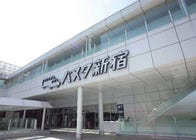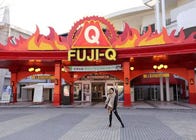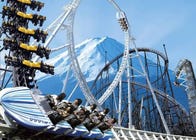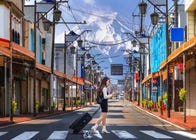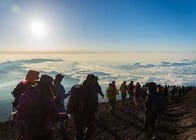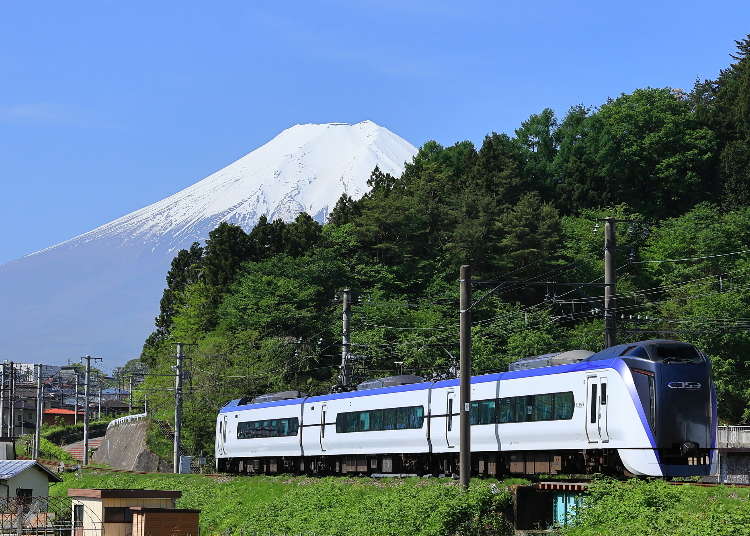
For a Mount Fuji day trip, many visitors travel from Shinjuku to Kawaguchiko. The Lake Kawaguchi area, situated at the base of Japan's most famous landmark, has several popular tourist attractions.
Visitors can enjoy year-round activities, and the area is easily accessible from Tokyo with a range of transportation options. Here we'll help you decide on the best way to get to Kawaguchiko for you.
- Table of Contents
-
- 5 Main Ways to get from Shinjuku to Kawaguchiko and Fuji-Q Highland
- 1. Highway Bus: Excellent balance between price and travel time (Around 2 hours/2,000 yen)
- 2. Fuji Excursion Express: Guaranteed seats and no transfers needed (1h 52m/4,060 yen)
- 3. Limited Express Azusa / Kaiji + Fujikyuko Line: Quick and convenient way from Tokyo to Fuji (2h 20m/3,930 yen)
- 4. JR + Fujikyuko Line: A self-paced travel option via JR and Fujikyuko Line (2h 50m/2,510 yen)
- 5. Keio Line + JR + Fujikyuko Line: Cheapest way from Tokyo to Mount Fuji (3h/2,130 yen)
5 Main Ways to get from Shinjuku to Kawaguchiko and Fuji-Q Highland
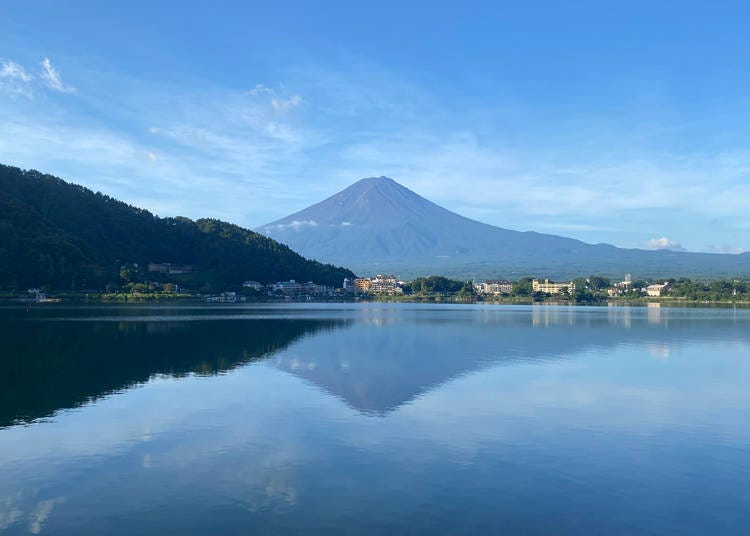
From Shinjuku, there are five main public transport options to reach Lake Kawaguchi and Fuji-Q Highland. These include a direct highway bus from Shinjuku Expressway Bus Terminal, the Fuji Excursion special express train which launched in 2019, and three railway routes using regularly scheduled trains.
1. Highway Bus: Excellent balance between price and travel time (Around 2 hours/2,000 yen)
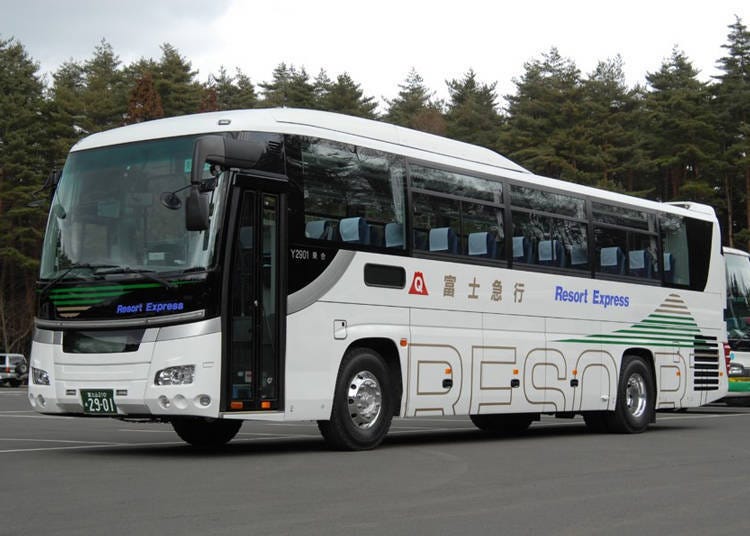
The highway bus offers a direct route from Shinjuku Expressway Bus Terminal to Lake Kawaguchi and Fuji-Q Highland via expressways.
In this section, we’ll explain how to use the various routes from Shinjuku to Kawaguchiko mentioned above, how to buy tickets for them, what their departure schedule is like, and other pertinent information.
- Reasonable price of 2,000 yen one-way per adult.
- Direct route with no need for transfers.
- If you are going to Fuji-Q Highland, there’s even a discount set called Toku Q Pack you can purchase that comes with a bus ticket and a free pass to the amusement park!
- Since the bus will be using the expressway, it may take longer for you to reach the destination, depending on how congested traffic is during travel time.
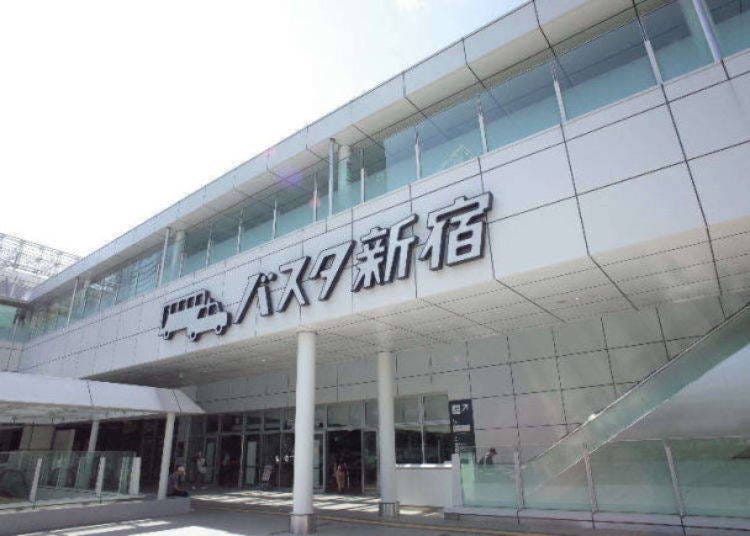
Save time and money by taking the direct highway bus from Shinjuku to Lake Kawaguchi and the Fuji-Q Highland area. The trip takes around two hours in light traffic but varies depending on the traffic conditions on the day.
The bus departs from Shinjuku to the Fuji Five Lakes Line bus berth at the Shinjuku Expressway Bus Terminal, conveniently located in front of the south exit of Shinjuku Station on the JR lines. Tickets can be purchased online or at the terminal's ticketing counters.
Highway buses depart from the berth at intervals ranging from 10 minutes to an hour, providing direct transportation to the destination. During spring, the bus also stops at Lake Motosu or the Fuji Shibazakura Festival site, while during summer, the stops include Mount Fuji 5th Station and Lake Motosu.
In order to ensure the safety of all passengers, the bus companies providing this service - Fujikyu Bus, Fuji Express, and Keio Bus - have taken measures to prevent the spread of Covid-19. These measures include regular disinfection and ventilation of buses.
Tip: Going to Fuji-Q Highland? Be sure to plan for the right park entrance too!
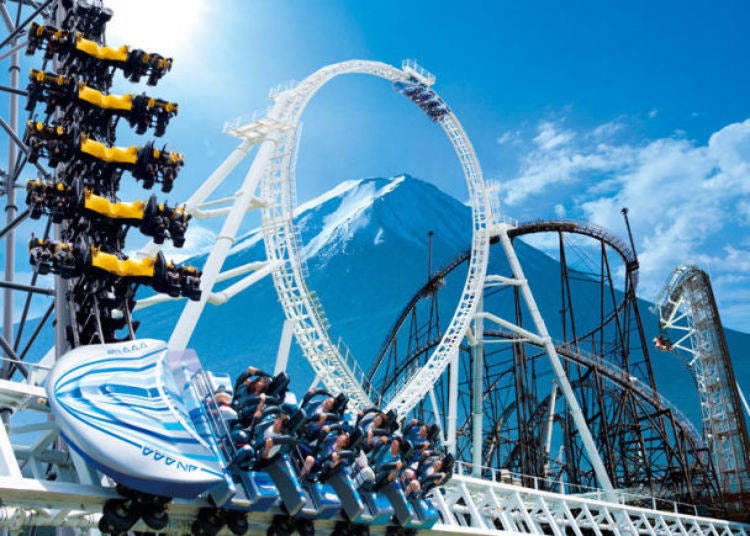
If your destination is Fuji-Q Highland, note that the highway bus takes you to the first park entrance, while trains will stop at the second park entrance that's directly connected to the train station.
The first park entrance is located very near popular rides like Fujiyama, Takabisha, and Do-Donpa. The second park entrance is nearer to Eejanaika. Plan your trip in a way that will take you to the ride you're eyeing in the fastest time possible to maximize your time there!
2. Fuji Excursion Express: Guaranteed seats and no transfers needed (1h 52m/4,060 yen)
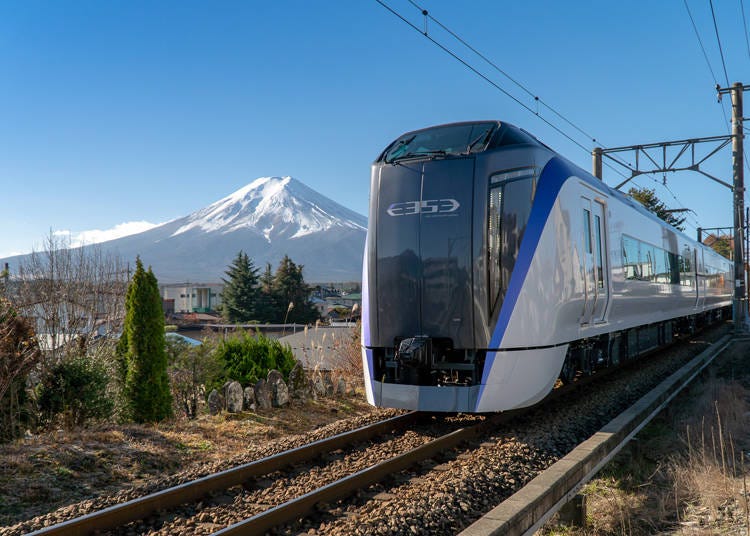
The Fuji Excursion Express travels directly from Shinjuku Station on the JR lines to either Fuji Highland Station or Kawaguchiko Station on the Fujikyuko Line.
This special express train only runs a limited number of round trips per day between Shinjuku Station on the JR Lines and Lake Kawaguchi on the Fujikyuko Line, stopping at various stations including Tachikawa Station, Hachioji Station, and Otsuki Station on the JR Lines, and Tsurubunkadaigakumae Station, Shimoyoshida <Arakura Sengen Shrine Park> Station, Mt. Fuji Station, Fuji-Q Highland Station, and Kawaguchiko Station on the Fujikyuko Line.
- No transfers.
- Although 4,060 yen per adult is slightly pricy, you can get to the destination about 30 minutes faster than regular train routes, and the cabins are very comfortable too!
- As a train running a fixed route on railway tracks, delays, if any, are few and far between.
- If you have a Japan Rail Pass, you can ride a portion of the Fuji Excursion (Shinjuku – Otsuki) without needing an additional ticket.
- Reservation-only, so you’ll need to book your ticket in advance.
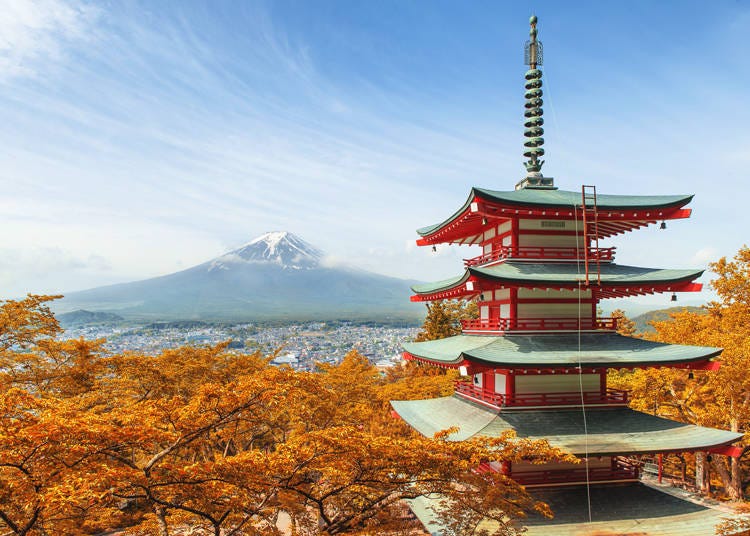
Besides a regular railway ticket for JR and Fujikyuko, you'll also need to purchase a limited express reserved seat ticket for this train. Both tickets can be purchased from the following ticketing counters or online (in Japanese language only). The train is reservation-only, so be sure to reserve your tickets early to avoid disappointment!
Railway tickets and limited express reserved seat ticket counters
Within Tokyo City
- JR East ticket counters
- JR East Reserved seat ticket-vending machines
- Major travel agencies
Within Yamanashi Prefecture
- Kawaguchiko Station
- Fuji-Q Highland Station
- Mt. Fuji Station
- Shimoyoshida Station
- Tsurubunkadaigakumae Station
* Reservation tickets for Fuji Excursion are released for sale at 10 a.m. one month before the ticket's departure date.
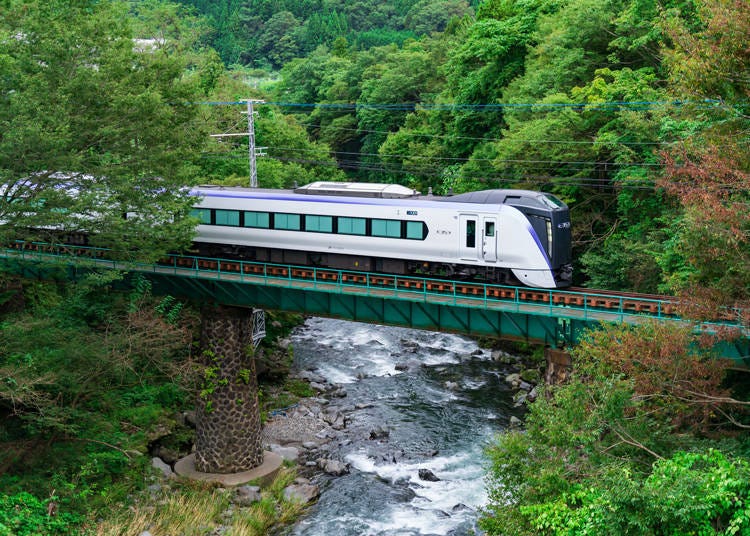
JR and Fujikyuko have implemented measures to prevent the spread of Covid-19, such as requiring passengers to wear masks before boarding trains, encouraging them not to converse during the journey, and cooperating when the cabins need to be ventilated. Passengers are also advised to avoid taking the trains during peak periods as much as possible.
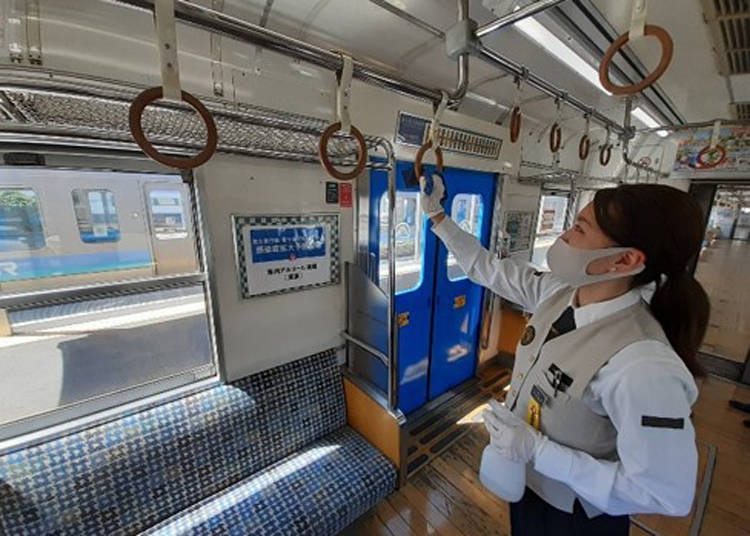
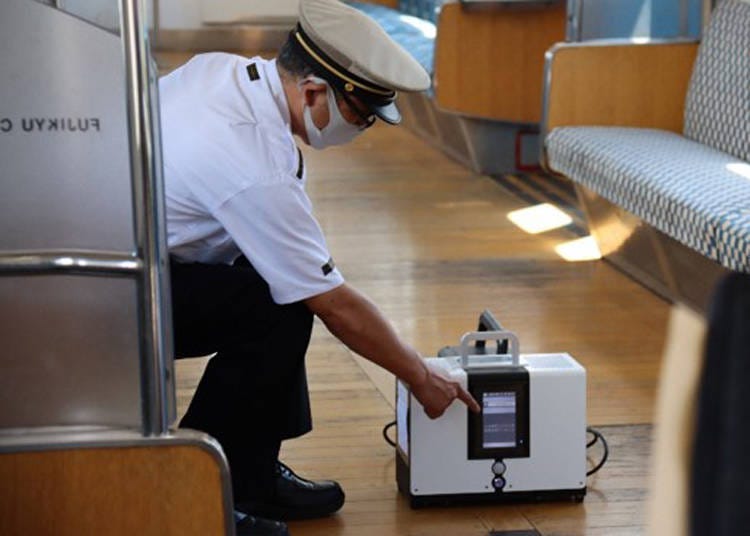
The train stations and cabins are also regularly disinfected and cleaned. Major stations will have disinfectants and soap available for use.
3. Limited Express Azusa / Kaiji + Fujikyuko Line: Quick and convenient way from Tokyo to Fuji (2h 20m/3,930 yen)
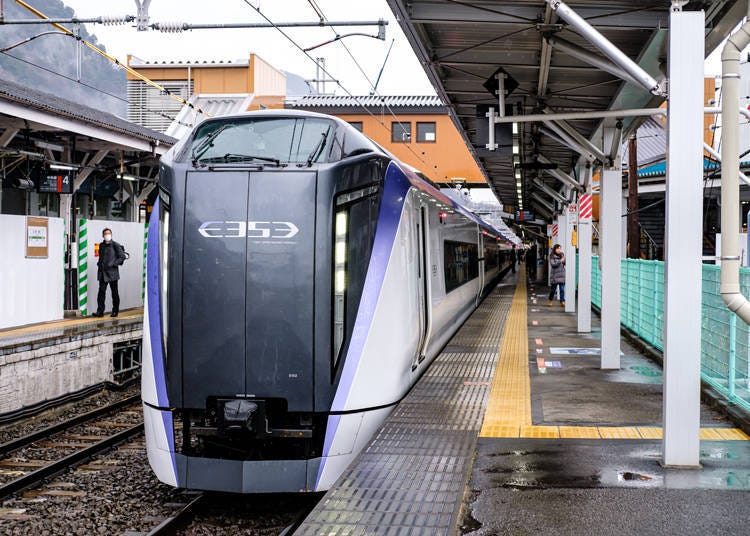
Before the Fuji Excursion Express began service, the JR Chuo Azusa / Kaiji + Fujikyuko Line transfer route was the fastest way to travel from Tokyo to Kawaguchiko and Fuji-Q Highland.
An express train still departs from Tokyo Station, so if you are coming from any of Tokyo's 23 wards and headed for Lake Kawaguchi, this option is still viable.
Although you need to transfer trains, the process is relatively easy and only happens once. The trains operate at more frequent intervals, departing from the station hourly.
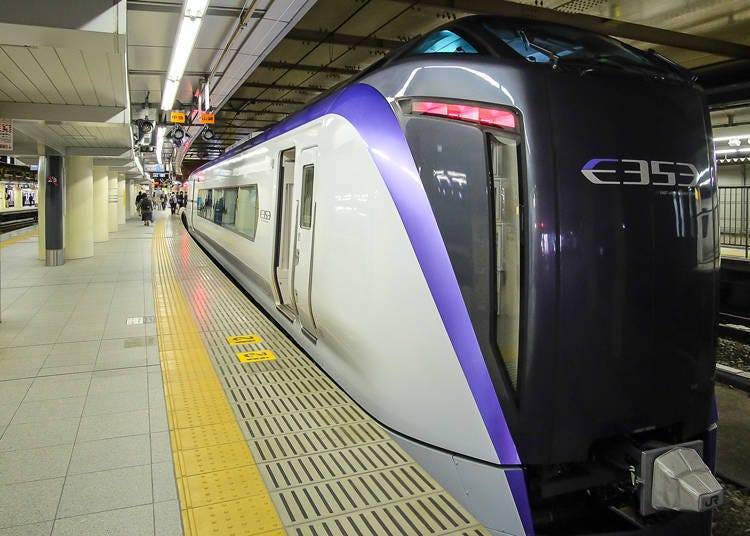
For this route, you’ll have to take a limited express for about 1 hour from Shinjuku Station to Otsuki Station on the JR Lines, then transfer to a train on the Fujikyuko Line at Otsuki Station. (*Trip duration may vary depending on transfers)
- Only one transfer needed after a one-hour ride from Shinjuku to Otsuki Station.
- Comfortable trains.
- If you transfer from JR Lines to Fujikyuko Line at the wrong timing, you may end up having to wait at Otsuki Station for more than 30 minutes.
The Azusa/Kaiji Express on the JR Chuo Line requires a limited express reserved seat ticket in addition to a regular railway ticket. These tickets can be purchased from ticket vending machines on train platforms, at ticketing counters in train stations, inside the train itself, or online (only available in Japanese).
At Otsuki Station on the JR lines, you will need to transfer to the Fujikyuko Line. If you boarded the train from any station in Tokyo, you will arrive at platform 3 at Otsuki Station. From there, it will take about one to two minutes to walk to the Fujikyuko Line transfer point.
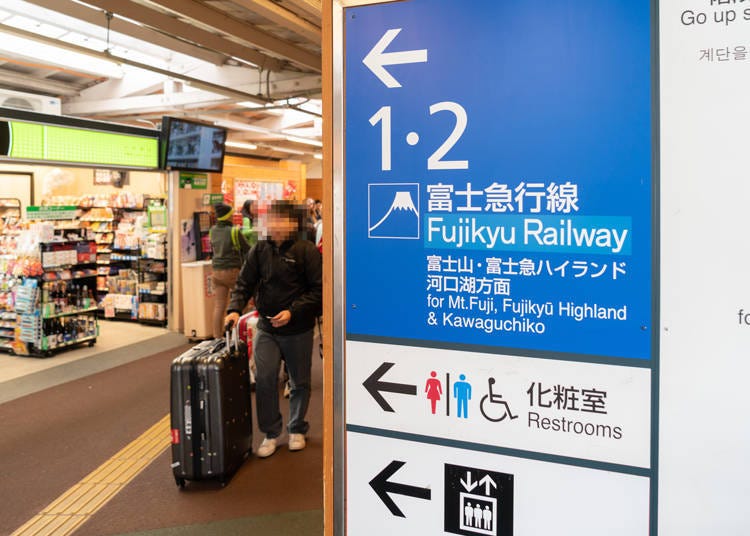
Trains on the Fujikyuko Line come in all flavors as well, from regular trains to sightseeing trains such as the Fuji Tozan Densha (200 yen required for a seat ticket) and special express trains like Fujisan View Express and Fujisan Express (express tickets needed for certain sections).
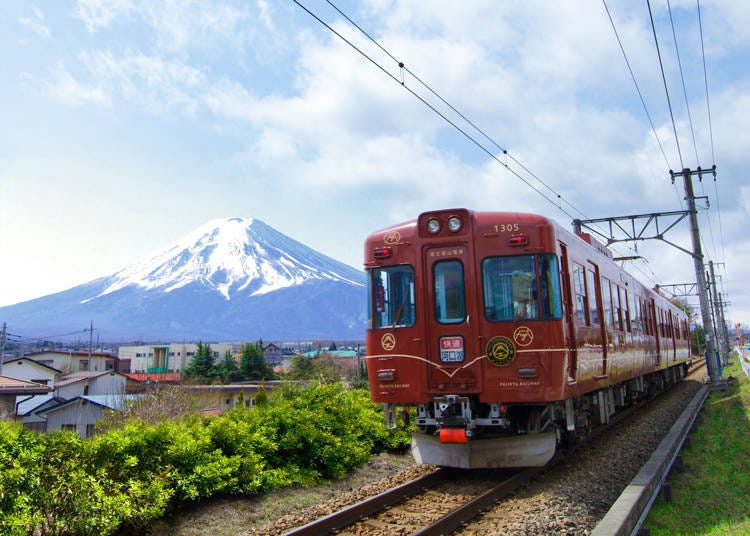
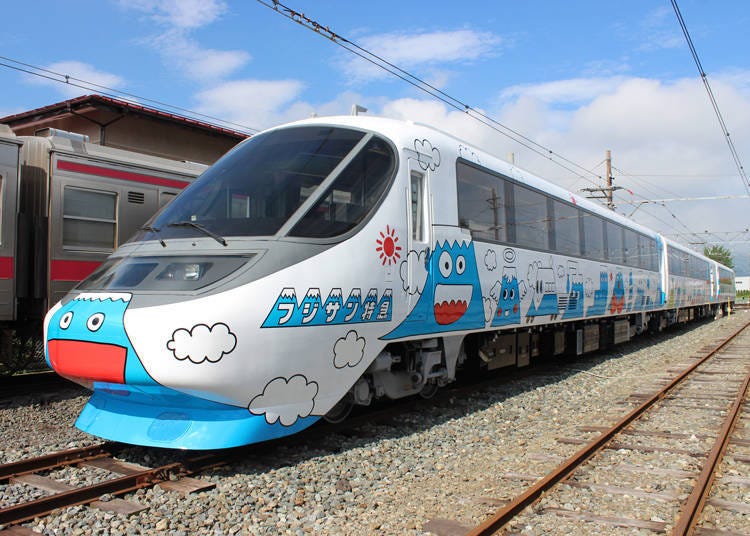
When Fuji-Q Highland is having a collaborative project with an anime or special event, trains with colorfully decorated liveries based on the project will run for a limited time, making the ride even more special and exciting!
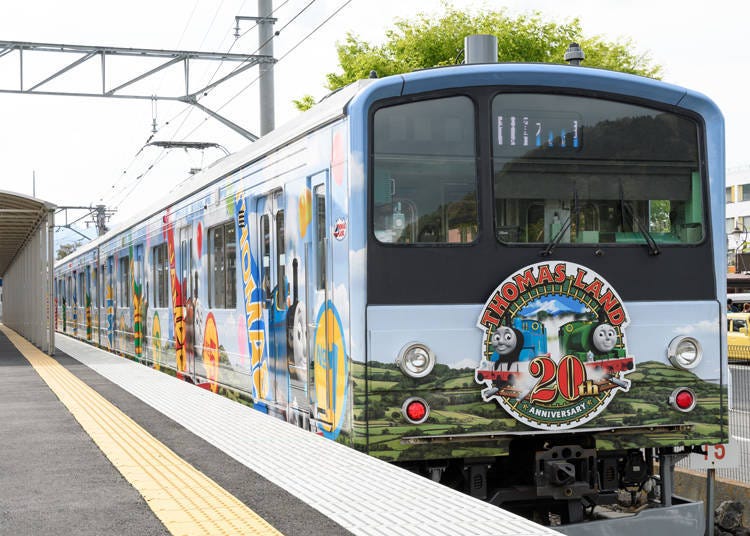
4. JR + Fujikyuko Line: A self-paced travel option via JR and Fujikyuko Line (2h 50m/2,510 yen)
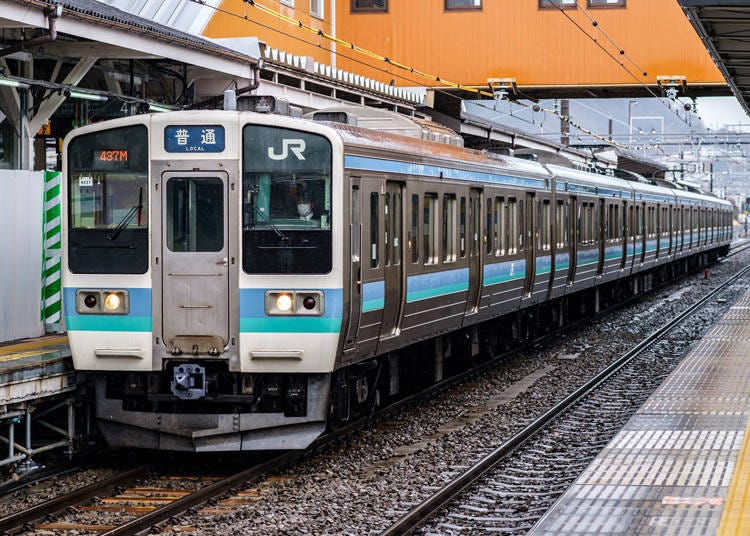
This route will take you through a combination of the JR Chuo Line, JR Chuo Main Line, and Fujikyuko Line. This is a great option for travelers who may not have a set plan, prefer to have flexibility with their train transfers, want to avoid unpredictable road traffic, or were not able to book tickets for express trains at their desired times.
Since the train will stop at all stations along the Chuo line, it's a convenient and flexible option if you have other activities to do along the way.
Depending on your departure time, you'll find various types of trains available. Some trains run directly from Shinjuku Station to Otsuki Station on the JR Lines during regular hours, while others will take you from Shinjuku Station on the JR Lines all the way to Kawaguchiko Station on the Fujikyuko Line during commuting hours. Regular trains only require either a JR or Fujikyuko railway ticket for boarding.

Take a regular train from Shinjuku Station to Otsuki Station on the JR Lines, then transfer to a train on the Fujikyuko Line. (*Trip duration may vary depending on transfers)
- At 2,510 yen per person, it’s a lot cheaper than the limited express.
- It's also completely covered under the Japan Rail Pass.
- If you need to drop by any of the stations along the Chuo Line, this will be a convenient route to consider.
- Regular trains will take longer to reach than express trains.
- If you transfer from JR Lines to Fujikyuko Line at the wrong timing, you may end up having to wait at Otsuki Station for more than 30 minutes.
5. Keio Line + JR + Fujikyuko Line: Cheapest way from Tokyo to Mount Fuji (3h/2,130 yen)
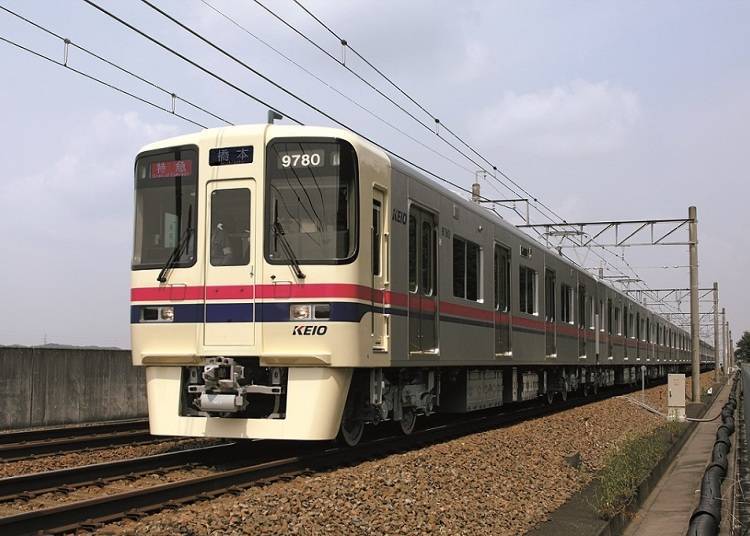
The most affordable way to travel from Tokyo to Lake Kawaguchi is by transferring between the Keio, JR, and Fujikyuko Lines.
Takao Station is where you will transfer between Keio and JR Lines, and it is only one stop away from Takaosanguchi Station, which is the closest station to Mount Takao. For travelers who have both Lake Kawaguchi and Mount Takao on their itinerary for the day, this is a popular route. This route is also ideal for those who plan to stop at any station along the Keio Line.
On the other hand, if you are a train enthusiast who wants to experience different Japanese trains from various companies, then this route is perfect for you.
To follow this route, you need to take a regular train from Shinjuku Station to Takao Station on the Keio Line, transfer to the JR Chuo Main Line to reach Otsuki Station, and then transfer to a train on the Fujikyuko Line. Please note that the duration of the trip may vary depending on transfers.
- This is the cheapest of all routes at 2,130 yen.
- One station ahead of Takao Station on the Keio Line is Takaosanguchi Station, which is the nearest station to Mount Takao, another popular tourist destination.
- If Mount Takao is also on your itinerary on that day, then this route is highly recommended!
- Two transfers are needed.
- Long ride duration of around three hours.
To prevent the transmission of Covid-19, Keio Group, which manages the Keio train lines and buses, takes measures such as regularly ventilating the train cars and implementing anti-viral and anti-bacterial measures in their vehicles.
Furthermore, the company provides information on congested routes to assist passengers in planning their trips. When using trains or buses, it's important to wear a mask and avoid talking with others to reduce the risk of infection.
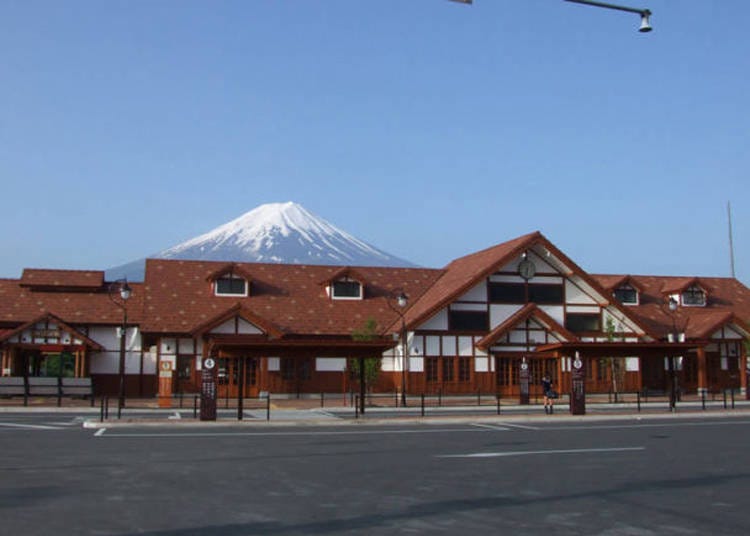
We've provided you with a few simple and easy-to-follow routes for traveling from Shinjuku to Kawaguchiko and Fuji-Q Highland, which are highly accessible even if you're not familiar with Japan. We hope this guide will be helpful in planning your trip to Mount Fuji!
English translation by: Huimin Pan
Written by:
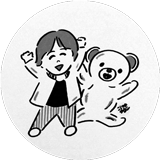
*Prices and options mentioned are subject to change.
*Unless stated otherwise, all prices include tax.
Limited time offer: 10% discount coupons available now!
Recommended places for you
-
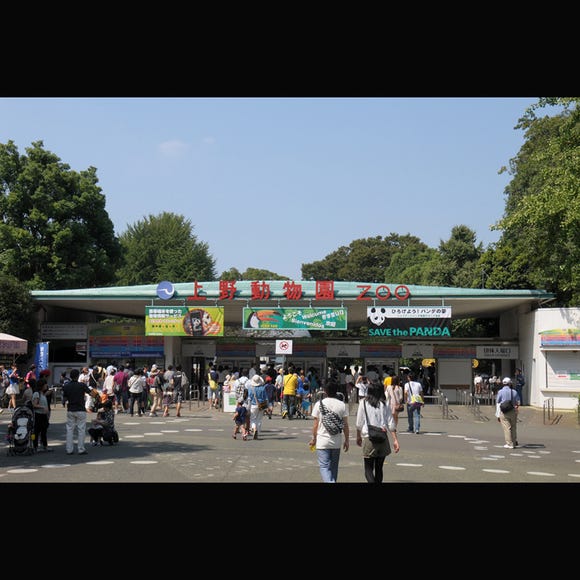
Ueno Zoo (Ueno Zoological Gardens)
Zoos, Aquariums & Botanical Gardens
Ueno
-

The Tokyo Station Marunouchi Building
Landmarks
Tokyo Station
-
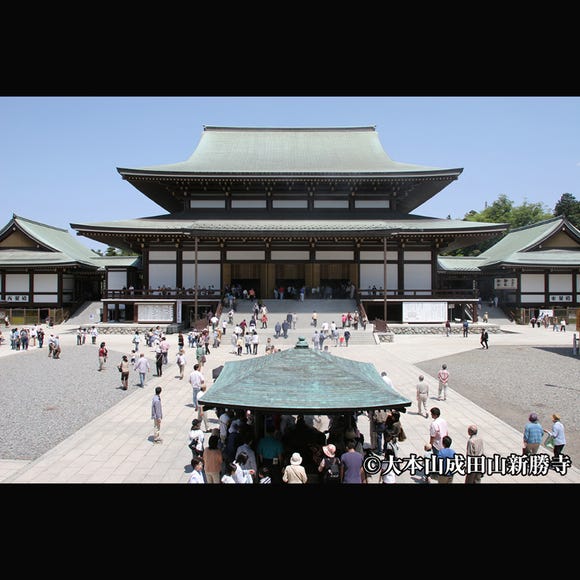
Naritasan Shinshoji Temple
Temples
Narita
-
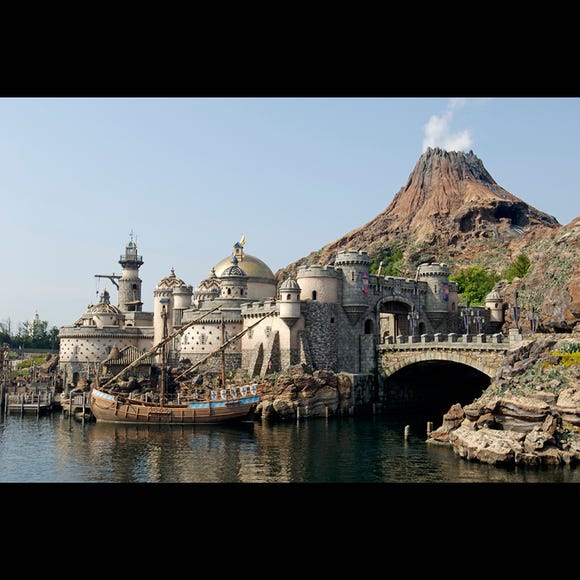
Tokyo Disney Sea®
Theme Parks
Chiba Suburbs
-
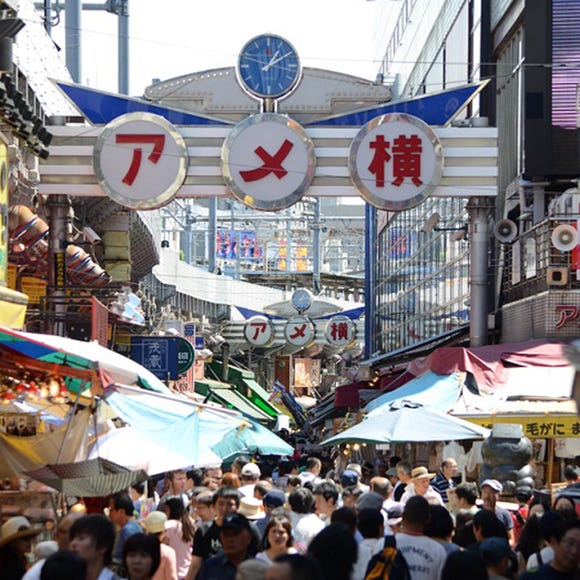
Ameyoko Shopping Street
Old Towns (Shitamachi)
Ueno
-
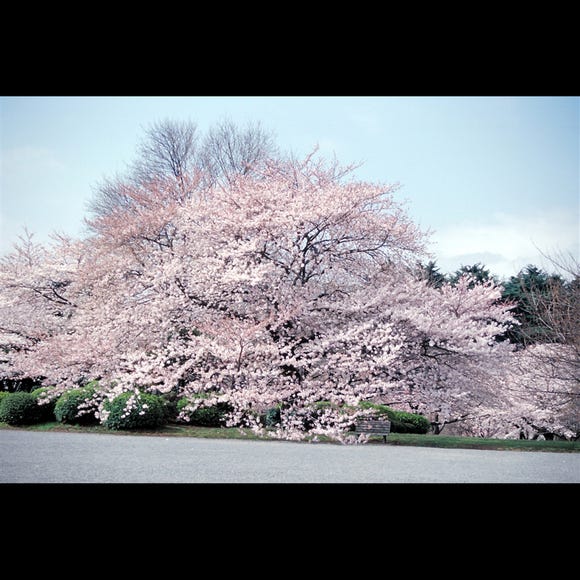
Shinjuku Gyoen National Garden
Gardens
Shinjuku
-

15 Must-Try Sushi Restaurants in Tokyo (+5 Trending Areas to Explore for Foodies)
-

Professional Photos Even Beginners Can Shoot! 10 Tips for Taking Stunning Cherry Blossom Photos
-

Best Things to Do in Tokyo in April 2024: Events, Festivals & More
-

12 Unique & Fun Tokyo Food Tours to Enjoy in 2024
-

15 Must-Try Restaurants in Ikebukuro: From Aged Yakiniku to All-You-Can-Eat Sushi, Plus Adorable Animal Cafés
-

Where to Eat in Yokohama: 10 Must-Try Restaurants for Yakiniku, Izakayas, Unique Dining & More
-
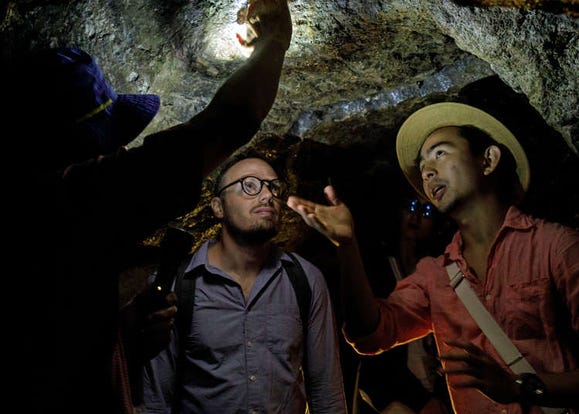
An informative and engaging tour of Iwami Ginzan Silver Mine-a UNESCO World Heritage Site
-
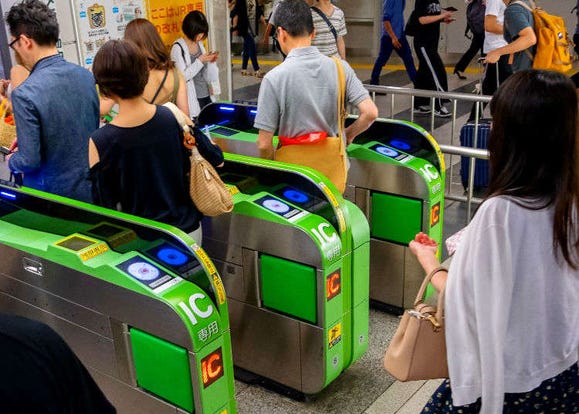
JR Edition: Visit all of Tokyo in one Day with the Tokyo Metropolitan District Pass!
-
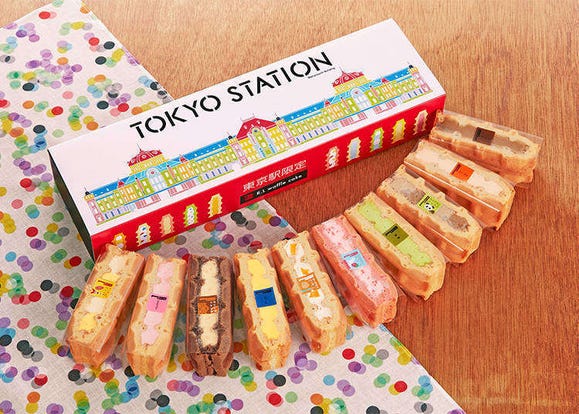
Tokyo Station Top 10 Sweets Ranking!
-
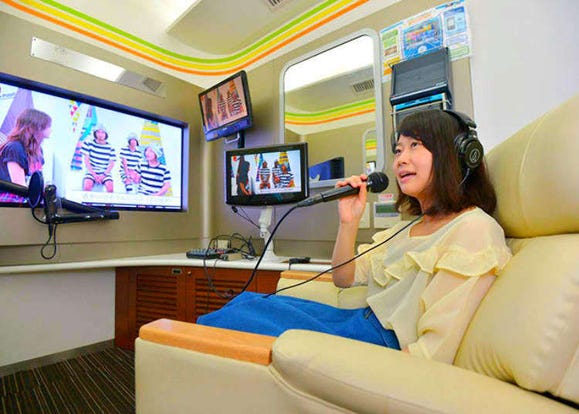
Spending Wonderful Time Alone in Shibuya - Free Cosmetics and a Hundred-Yen Bus!
-
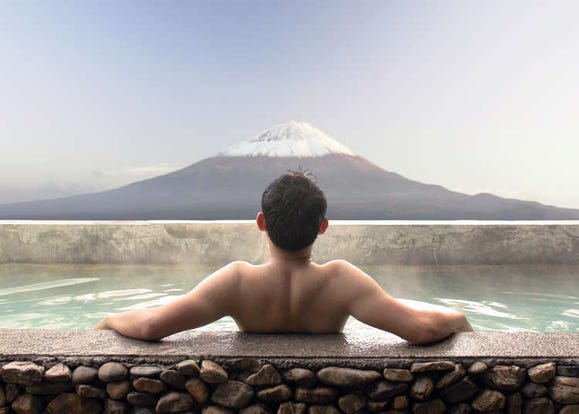
Japan's Bath Culture: Tips You Should Know!
-
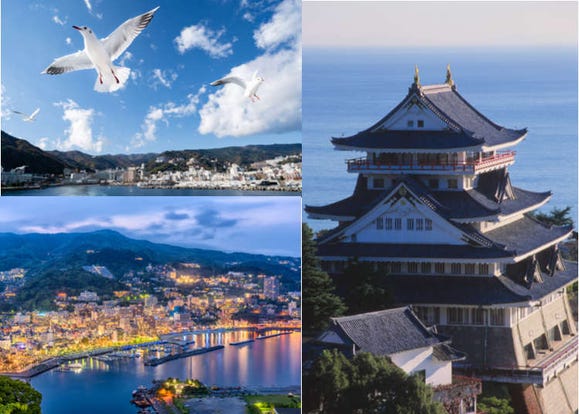
Atami 1-Day Itinerary: Exploring Japan's Castle & Hot Springs Resort Town Near Tokyo!
- #best ramen tokyo
- #what to buy in ameyoko
- #what to bring to japan
- #new years in tokyo
- #best izakaya shinjuku
- #things to do tokyo
- #japanese nail trends
- #what to do in odaiba
- #onsen tattoo friendly tokyo
- #daiso
- #best sushi ginza
- #japanese convenience store snacks
- #best yakiniku shibuya
- #japanese fashion culture
- #best japanese soft drinks













